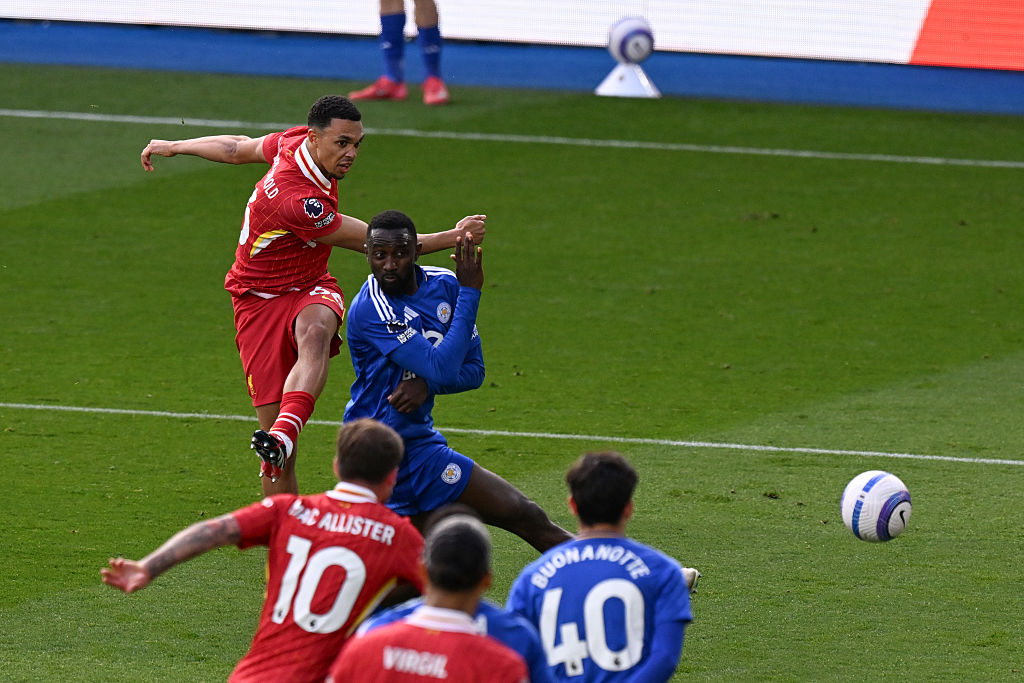Conte's principles pay off under pressure as Juventus set new Serie A benchmark
His stubborn approach doesn't always go down well in Turin, but Antonio Conte's ways have proved correct in the Old Lady's dominant season, says Adam Digby...
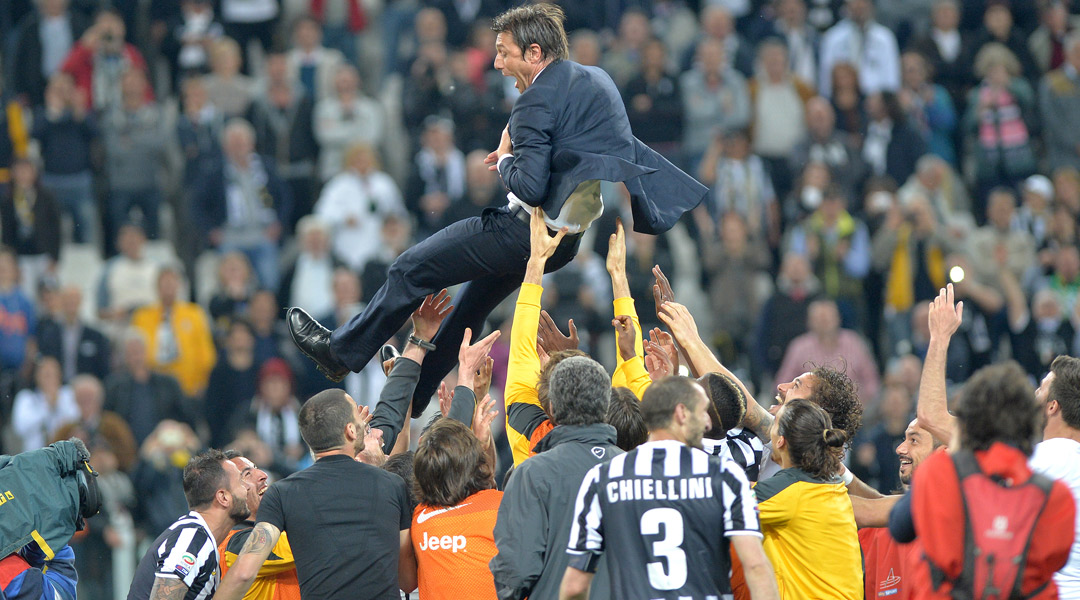
While adaptability and flexibility are virtues often sought in a coach, it is usually those who steadfastly believe in one overriding principle that have always been the most admired in football.
From the safety-first approach of Giovanni Trapattoni to the beautiful tiki-taka of Pep Guardiola, the best tacticians – those who earn the respect of supporters and observers around the world – are the ones who consistently win with a single approach.
The current Bayern Munich boss attempted to find the mythical ‘Plan B’ at Barcelona with Zlatan Ibrahimovic but the Swede, despite being a thoroughly brilliant player, was ill-suited to the Catalans' patient style. He soon returned to Italy, thriving with Milan while Barca became even greater without him.
These men are those who are often identified as having changed the game, becoming responsible for an evolution in the sport for which they will always be remembered. Nereo Rocco and catenaccio; Rinus Michel and Total Football; Arrigo Sacchi’s relentless 4-4-2 and Herbert Chapman’s WM formation sit among those indelible legacies, each manager's ideas impacting upon others long after they were gone.
Get FourFourTwo Newsletter
The best features, fun and footballing quizzes, straight to your inbox every week.
The modern men
With Real Madrid dumping Guardiola’s current side out of the Champions League in emphatic fashion, the Spaniard’s ideology has been harshly criticised. Seen as the 'death of possession football', Carlo Ancelotti and Los Blancos’ victory was incredible to witness.
Just a day later, another of today’s most admired coaches was eliminated from the same competition as Jose Mourinho’s Chelsea were picked apart by Atletico Madrid. The west London club attempted to park their metaphorical bus once again, only for Diego Simeone’s side to batter their way past it and into the final.
Meanwhile Antonio Conte, with narratives and coaching principles exploding around him, had his Juventus side trailing Benfica 2-1 after the first leg of their semi-final. They too would falter, unable to find the breakthrough against their resolute Portuguese opponents having played out a scoreless draw against a team who ended the match with nine men.
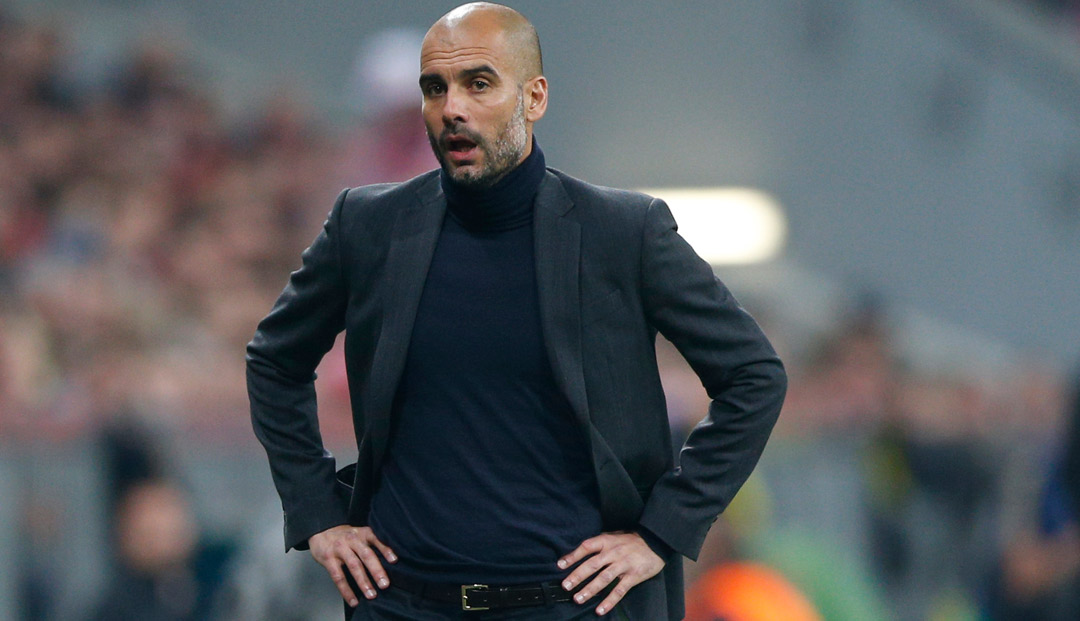
Conte's way
Just as the death knell sounded for Bavarian giants Bayern, the questions over Conte's continued perseverance with the 3-5-2 formation were raised once again, as they seem to be whenever the Bianconeri falter. There are a growing number of voices who believe that only by changing the tactical shape of the side can Juve ever truly challenge for the biggest honours, despite the success they have enjoyed employing it.
Initially, Conte attempted to use the 4-2-4 framework he had employed at Bari and Siena, briefly using a 4-3-3 before settling on the back three seen today. He has since blazed a trail domestically, completing an undefeated season in 2011/12 and winning three successive Serie A titles, bringing his team a new points record in the league this term.
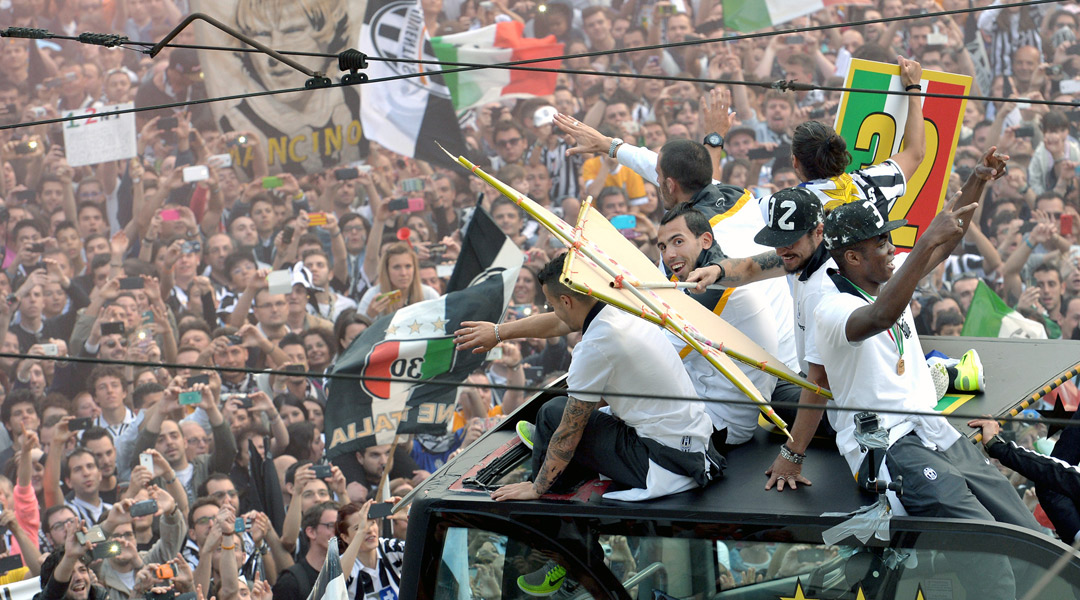
It has been so effective that many opposing coaches have decided that the best way to stifle the Bianconeri juggernaut was to directly copy the former captain’s formation. It led to some incredibly drab draws, as bosses like Massimiliano Allegri switched to a three-man defence in order to neutralise Juve’s edge.
Many had never utilised the formation before, and did so with little thought as to how they themselves would grab a goal, looking instead to merely reduce the spaces available to a team which has dominated Serie A since Conte seized the opportunity to return to the club he loves.
Double act
The arrivals of Fernando Llorente and Carlos Tevez somewhat reduced the effectiveness of such a move, as their individual brilliance proved capable of unpicking even the most resolute of defences. Indeed, with that duo together in attack, Juventus have taken a quantum leap forward, their combined total of 39 goals this term proving major in another record-setting campaign.
Juve's final-day 3-0 beating of Cagliari took them to 102 points, and meant the Turin giants became the first-ever side to break the century point barrier in Serie A.
Much like Guardiola tinkered with the shape of his team – often switching between 3-4-3 and 4-3-3 but always remaining true to his overriding belief that possession is king – Conte has altered and tweaked his setup.
When the 2012/13 emergence of Paul Pogba coincided with Juve’s lack of strikers, the coach shifted to a 3-5-1-1 to fit his best XI players, and when in need of a goal he has pushed Claudio Marchisio forward and sacrificed a wing-back to loosely field a 3-4-3 of his own.
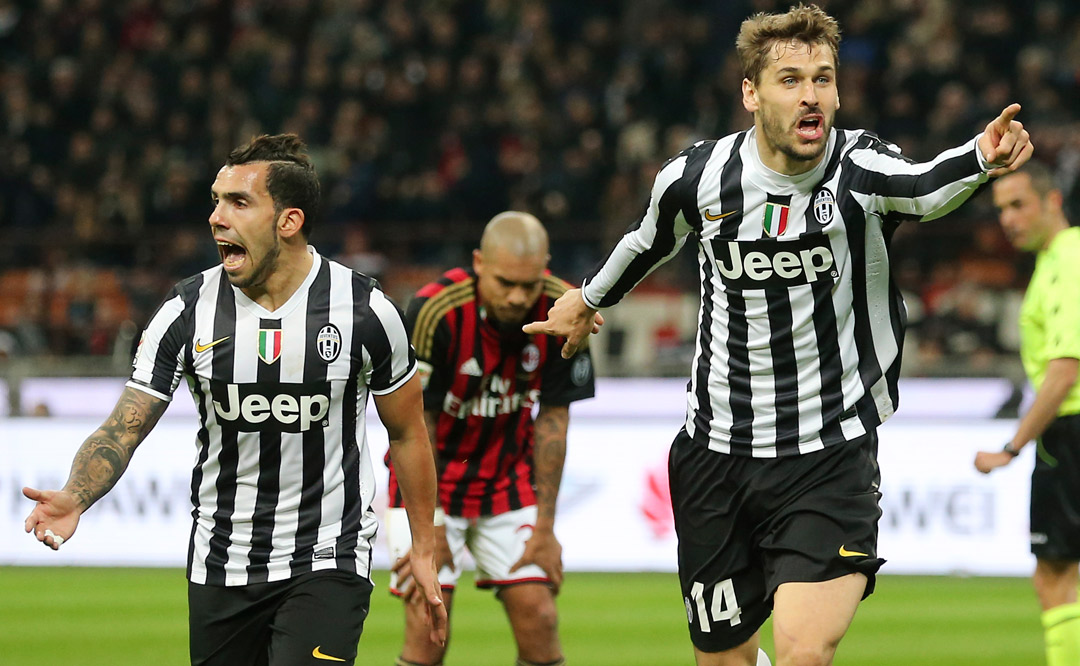
He also fielded a 4-3-3 to good effect against Real Madrid in the group phase of the Champions League, but that now appears to have been a way to steal the initiative rather than a regular option. Many times the opinion that this was a necessary adjustment has been offered, but Conte himself is apparently unmoved, following his legendary predecessors to preserve his ideology.
One slight change he has often made, particularly in Serie A, has been to remove the playmaking duties normally bestowed on the central player, instead asking them to purely mark a lone opposing striker. It was particularly effective against Mario Gomez and Fiorentina, and saw Leonardo Bonucci improve as a defender, although Benfica proved that the 27-year-old still has much to learn.
Maybe there are more changes to come; more evolutionary steps that see the formation become even more effective; another twist to the classic framework that propels the Bianconeri chief into the upper echelon of coaches. But there is something very compelling about watching a man, so firm in his belief that he will not buckle or bend for any opponent, no matter the pressure it brings upon him.
If there is a fine line between stupidity and genius, perhaps the difference between stubborn arrogance and coaching greatness is even more difficult to define.
